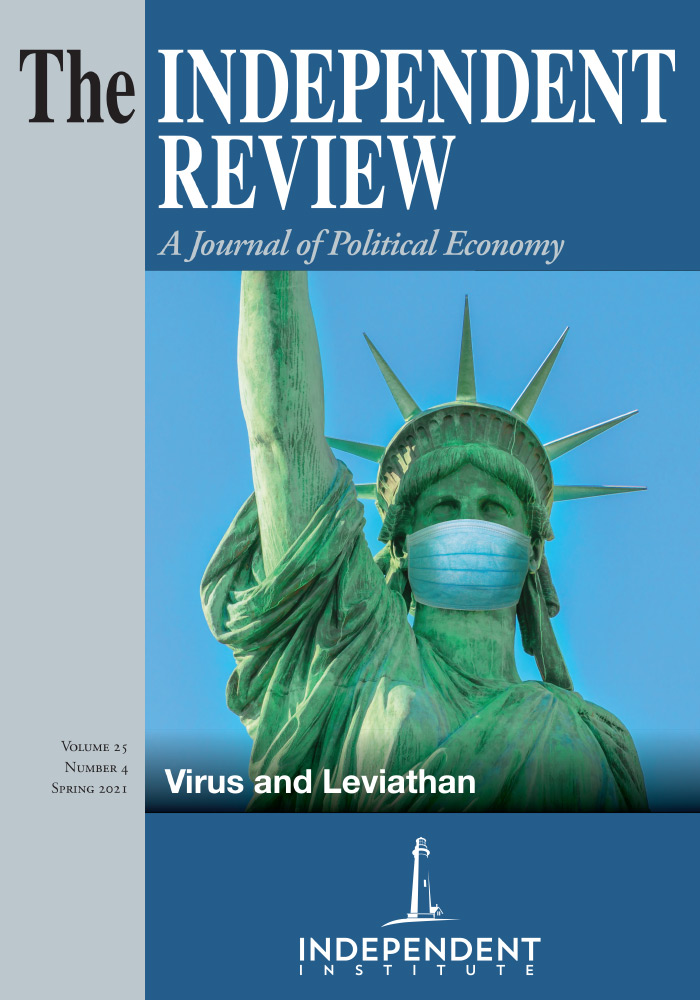Bastiat’s warning about the seen and the unseen also applies to the external effects of behavior related to infectious diseases. We can easily observe behaviors that create negative and positive externalities, which lead to higher prevalence and mortality rates (Gersovitz and Hammer 2004). For negative externalities, people might engage in too much infectious behavior because they are unaware of the costs they impose on others. For positive externalities, people might engage in too little preventative behavior because they are unaware of the benefit such behaviors provide for others. These effects lead uncoordinated groups of people to be more infectious and less preventative. In the context of coronavirus disease 2019 (COVID-19), for example, we observed spring break parties, large church gatherings, and worrisome superspreader events such as the Sturgis bike rally and associated those events with the spread of COVID-19.
| Other Independent Review articles by Byron B. Carson III | |
| Winter 2023/24 | Questioning the Entrepreneurial State: Status-quo, Pitfalls, and the Need for Credible Innovation Policy |
| Fall 2022 | Pandemia: How Coronavirus Hysteria Took over Our Government, Rights, and Lives |
| Summer 2021 | American Contagions: Epidemics and the Law from Smallpox to COVID-19 |










